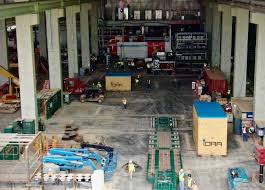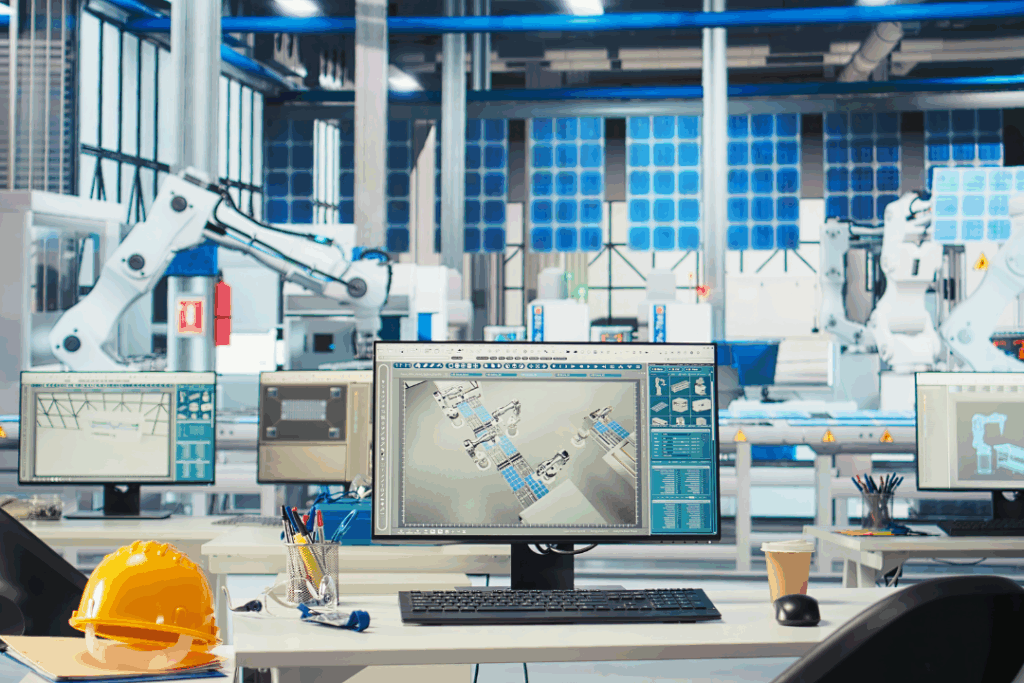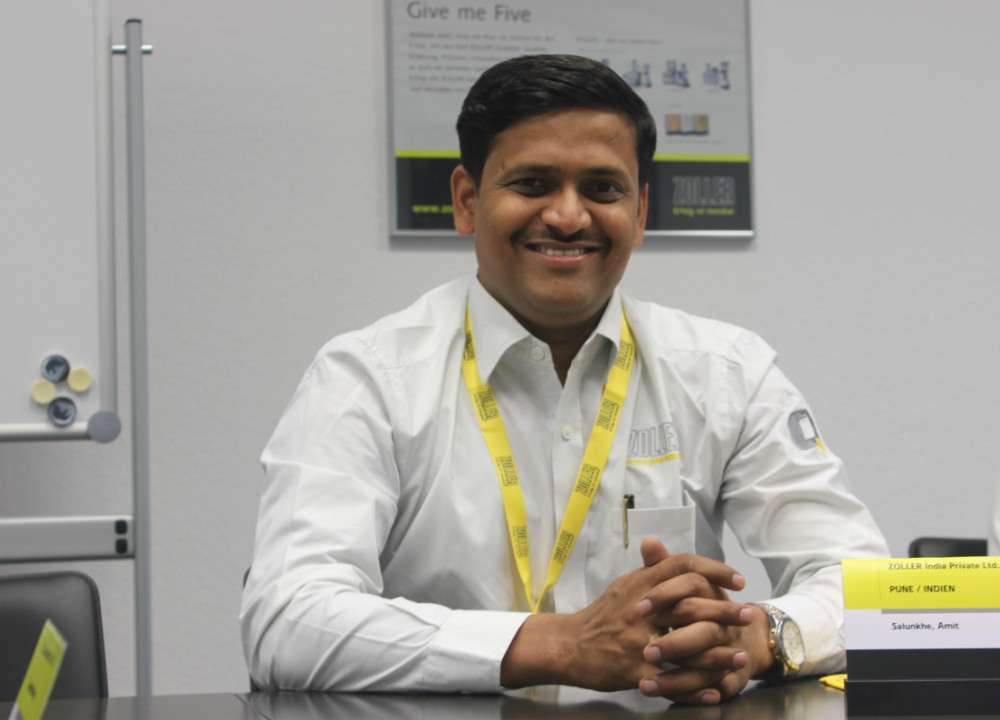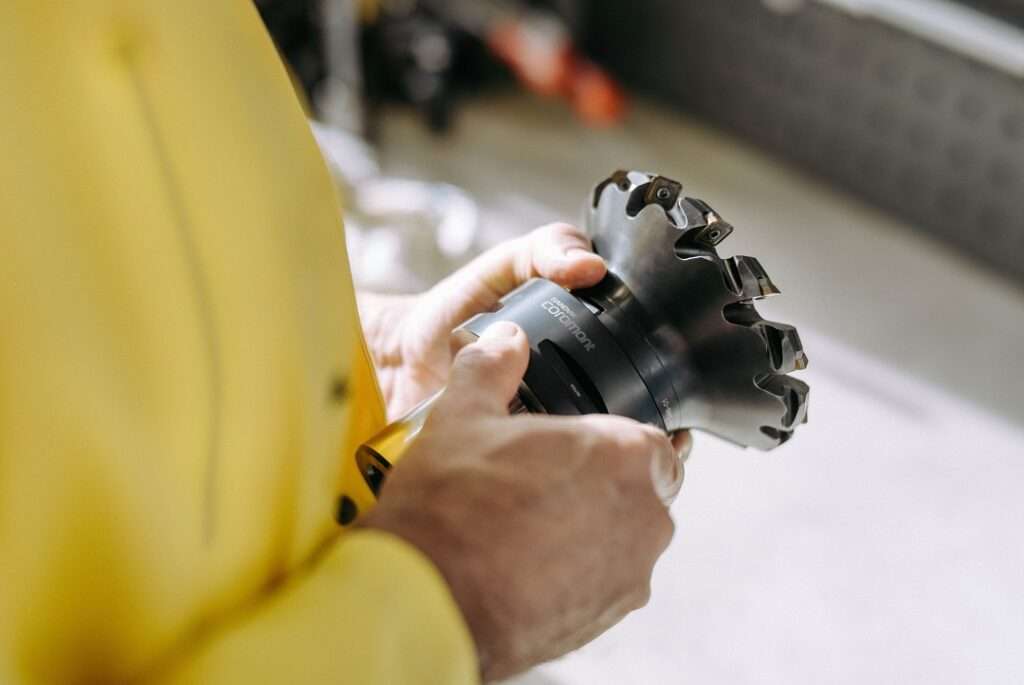Today, engineering is the most popular occupation in India, possibly alongside medicine. Around 1.5 million students graduate with Bachelor of Engineering (BE)/ Bachelor of Technology (B.Tech) degrees every year. Despite the sheer volume of numbers, the profession has seen better days in the country.
The manufacturing industry the world over has been evolving rapidly with the influx of disruptive technologies and processes. While some of these are results of scientific and technological evolutions, some are born out of necessity to meet demands for faster, cost-effective and energy-efficient processes and products. There’s plenty of benefits rolling in with these disruptive technologies; the concern, however, is job loss especially for the engineering workforce skilled with the existing technologies.
Embracing Change for Engineers
Many jobs in the sector could be re-tuned to suit a post-COVID world, let alone the gradual transition to digital engineering and manufacturing of the future. Automation, cost-effective and suitable for work-from-home, will be the key, along with an emphasis on Artificial Intelligence (AI), Data Sciences, Machine Learning and Internet of Things (IoT) to facilitate Industry 4.0.
In no better times, the truth that Change is the only constant can be better emphasized. And resisting this change is a cardinal sin especially for engineers while engineering and manufacturing are witnessing revolutionary changes.
The Tesla Story
Let’s take the example of Tesla’s revolutionary Giga Press that has changed the concept of assembly lines. With Tesla, Elon Musk has made the concept of the Electric Vehicle (EV) mainstream. Now in a major move, he has turned to Giga Press, the world’s largest die-cast technology unit developed by Italy’s by Idra to die-cast large parts of the chassis of his EVs.
As compared to regular assembly lines in which several sections and parts are assembled to make the chassis of an automotive body, the use of this technology- giant die-castings- will eliminate the need for moulding and joining separate sections of the chassis, as well as the obligatory multiple stampings. Also, the specially developed aluminium alloy especially makes the chassis safer. This ended up streamlining the production of the Tesla Model 3. Soon, this disruptive process may catch up with other automotive players and hence automotive engineers working on the assembly lines may have to quickly overhaul their skillset.
Connected Future
In the future, digital manufacturing technologies such as The Internet of Things (IoT) and Artificial Intelligence (AI) will enable companies to connect physical assets and create a flow of data across the value chain that will connect every phase of the product life cycle, from design, sourcing, and production to distribution, point of sale, and the end-user.
According to reports, global spending on the IoT is expected to reach $1.2T in 2022, with manufacturing and transportation industries leading the pack, with a CAGR of 13.6% during the 2017-2022 forecast period. AI in the manufacturing market is expected to grow from USD 1.0 billion in 2018 to USD 17.2 billion by 2025, at a CAGR of 49.5 and global spending on AI systems will more than double to $79.2 billion in 2022 with a compound annual growth rate (CAGR) of 38.0% over the 2018-2022 forecast period.
Be Future-Ready
Keeping abreast with these changes, engineers must also learn to adapt quickly. With the rapid change, organisations are opting for new technologies, new software, implementing some machine learning, incorporating highly efficient automation and robotics. To stay relevant and part of the future workforce, engineers must come out of their comfort zone engineer and prepare themselves for the future.
Let this Engineers Day that is celebrated to commemorate legendary M Visvesvaraya who pioneered engineering excellence in India, be the clarion call to our engineers to be ready for change, strive for excellence.







